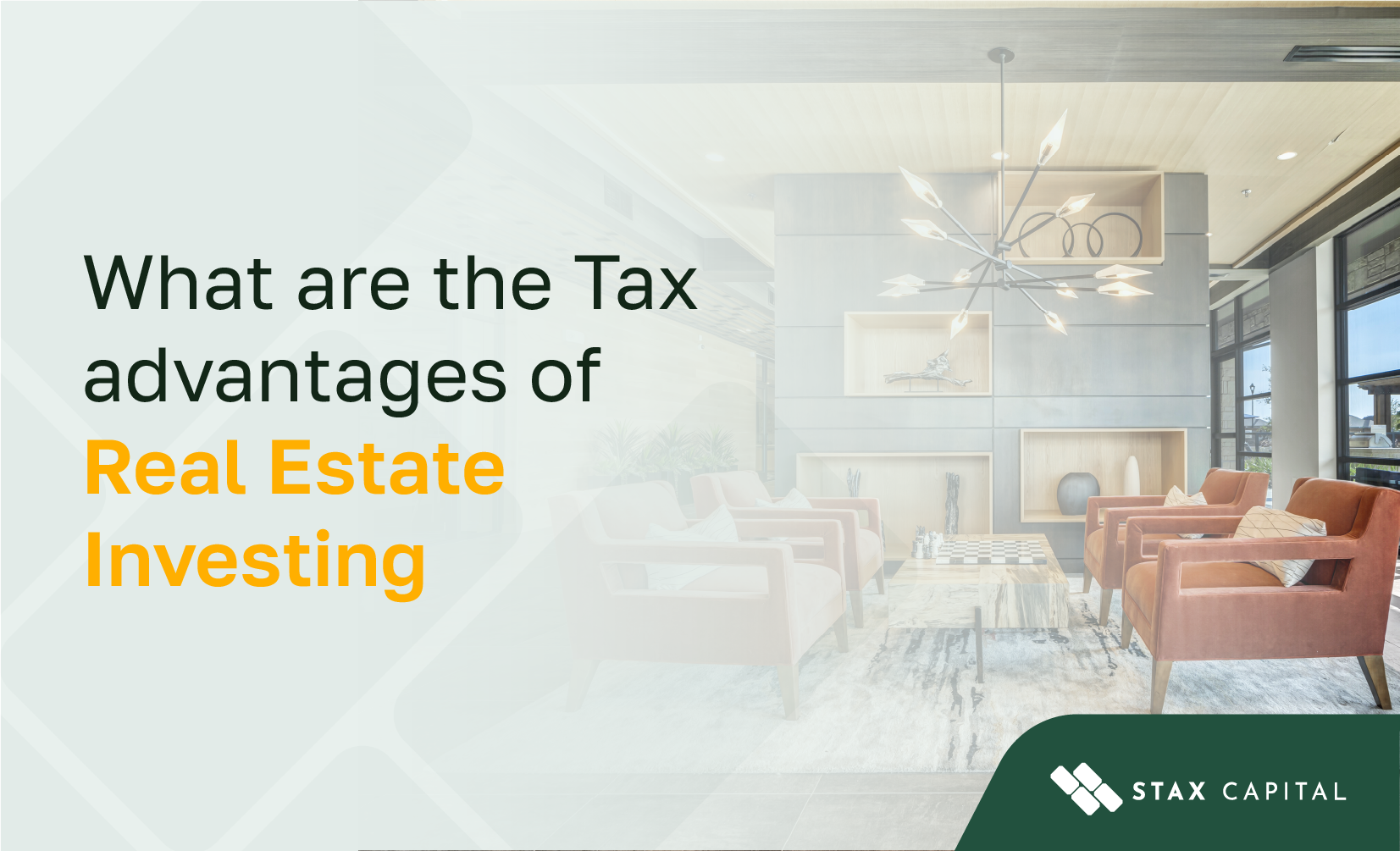Top 5 Exit Strategies for Real Estate Investors to Maximizing Profits

Exchange Tips
Real estate investing is all about making the right moves at the right time—and that includes when and how to exit your investment. An effective exit strategy can help you maximize profits and minimize losses.
In this post, we’ll break down the top five exit strategies for real estate investors, from selling outright to tax-saving 1031 exchanges. Understanding these strategies will help you choose the best option to fit your goals and current market conditions.
Let’s explore your options for an exit that works.
Why do Exit Strategies Matter?
Real estate investments can be a great way to build wealth, but they’re not always easy to sell quickly. This lack of liquidity means your money might be tied up for a while. That’s why having a clear exit strategy is essential. It gives you a plan for when and how you'll get your investment back, allowing you to stay focused on your financial goals.
An exit strategy helps investors plan how and when to exit, potentially maximizing their returns while mitigating risks. However, success depends on market conditions and the chosen strategy.
Top 5 Exit Strategies for Real Estate Investors
Sell the Property Outright
Selling the property outright is one of the most straightforward ways to exit a real estate investment. This strategy involves listing the property on the market and finding a buyer to purchase it at the current value. The advantage of this strategy is its simplicity. Once the sale is complete, the investor receives the net proceeds after accounting for costs such as taxes, fees, and other expenses.
However, selling a property depends on the real estate market. If the market isn’t ideal, you might need to adjust expectations or wait for better conditions.
Note: The timing and amount of proceeds depend on current market conditions and transaction costs.
Refinance the Property
Refinancing is a great option if you want to unlock cash without selling. You take out a new loan on the property, using its equity to get the funds. This allows you to keep the property while accessing your investment capital. It’s ideal if the property has appreciated in value and interest rates are favorable.
However, remember, refinancing means taking on more debt, so you must be prepared for the new monthly payments.
Note: Investors should consult financial advisors to evaluate the long-term implications of refinancing, including potential impacts on cash flow.
Add another investor
Adding another investor can help share financial responsibilities. But it also involves splitting profits and decision-making authority. This strategy allows you to pool resources and reduce your personal risk. It’s ideal if you need extra capital but want to keep the property.
The downside is sharing profits and decision-making. Make sure you choose a reliable partner to avoid complications later.
Note: Formal agreements are essential to define roles, responsibilities, and profit-sharing to prevent disputes.
Seller Financing
Seller financing allows you to sell your property and act as the lender. Instead of receiving the full sale price upfront, the buyer makes payments over time. This strategy provides an opportunity for periodic payments over time, creating a potential income stream for the seller. It also attracts buyers who may have trouble getting traditional financing.
The downside is you’re responsible for collecting payments and managing the loan. Make sure to assess the buyer’s ability to repay before proceeding.
Note: The success of seller financing depends on the buyer's ability to meet payment obligations. Legal agreements and credit checks are recommended.
1031 Exchange
A 1031 exchange allows you to avoid paying capital gains taxes when you sell a property, as long as you reinvest in another like-kind property. It’s a great way to keep your investment growing. However, you need to follow specific rules, like time limits and property type requirements.
If done correctly, a 1031 exchange can significantly boost your real estate strategy without immediate tax payments.
How to Choose the Right Exit Strategy
Assess Market Conditions
The real estate market is constantly changing. Before choosing an exit strategy, check if it’s a seller’s or buyer’s market. In a seller’s market, selling outright may bring high profits. In a buyer’s market, refinancing or holding the property could be wiser.
Stay informed about interest rates, housing demand, and local trends. These factors significantly influence potential returns. Consulting a real estate professional can provide valuable market insights.
Define Investment Goals
Before deciding on an exit strategy, ask yourself what you want to achieve. Are you looking for quick profits or long-term gains? Do you want cash flow or just to get your capital back? Clearly defining your goals can help you select an exit strategy that aligns with your long-term financial objectives.
For example, if you want a steady income, keeping the property might be best. If you're after a quick return, selling outright could be better.
Evaluate Property Type
The type of property you own impacts your exit strategy. Residential properties may be easier to sell, while commercial properties can take longer. If your property needs repairs, selling may be harder. On the other hand, adding an investor or using seller financing could work better with certain types of real estate.
Property type and condition significantly influence exit strategy options. Professional valuation and consultation may assist in making informed decisions.
Review Personal Financial Situation
Before choosing your exit strategy, take a good look at your personal finances. Do you need immediate cash, or can you wait for long-term gains? If you're financially stable, you might opt for a strategy like seller financing. If you need quicker liquidity, selling outright or refinancing may be better options.
Understanding your financial needs is key to making the right decision.
Strategize Today for Better Returns Tomorrow
The future of your real estate investments depends on informed decision-making and well-planned strategies. By understanding your goals and reviewing your options, you can ensure better returns in the long run. From refinancing to 1031 exchanges, the right strategy can change everything.
Let’s work together to build a roadmap for your financial success. Reach out now to discuss your strategy.



Share: